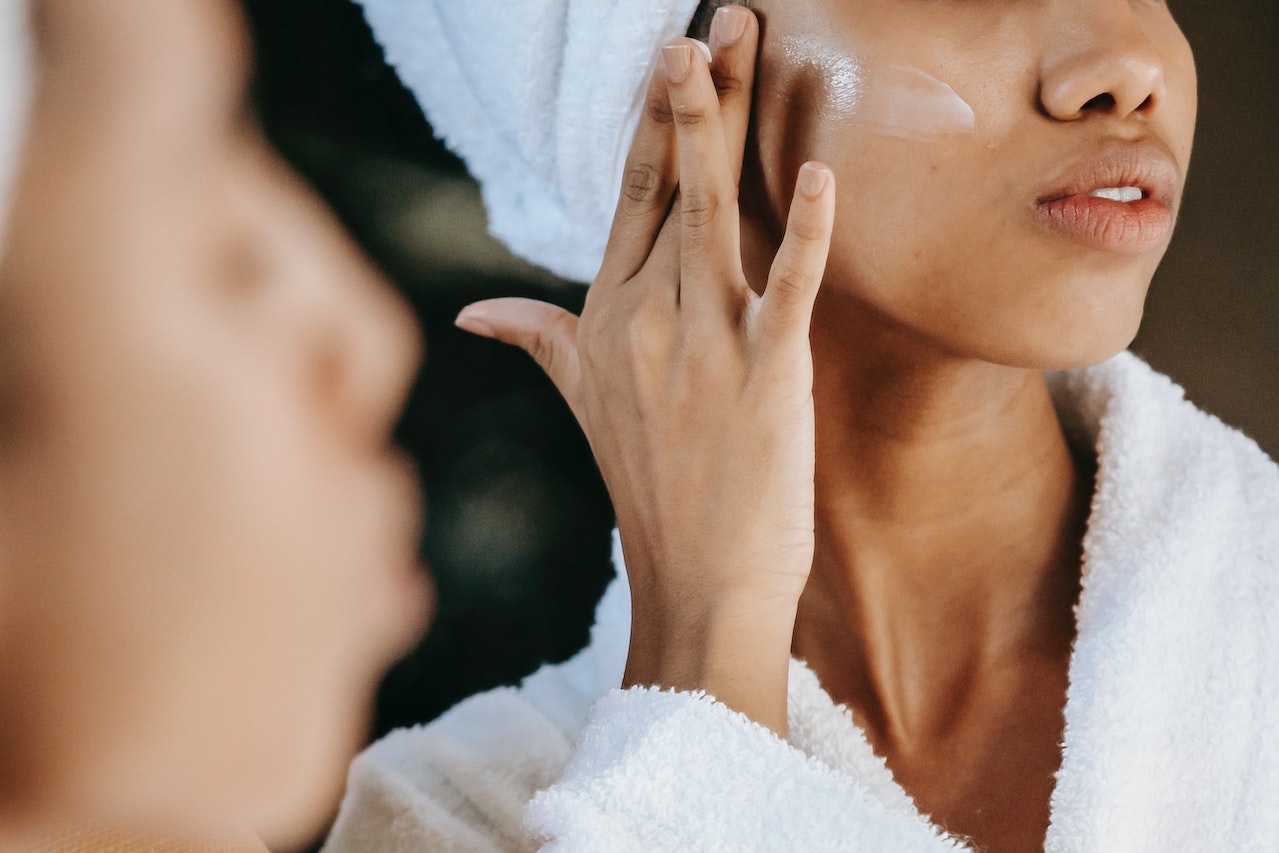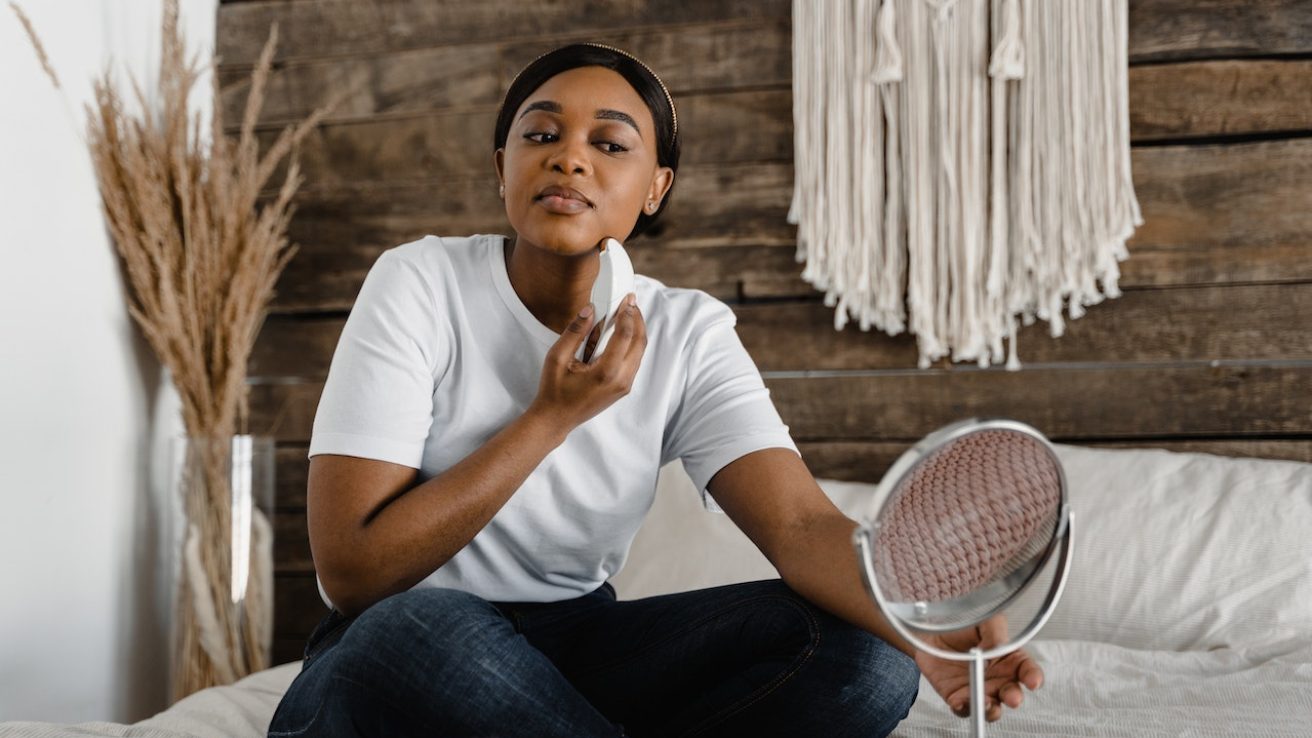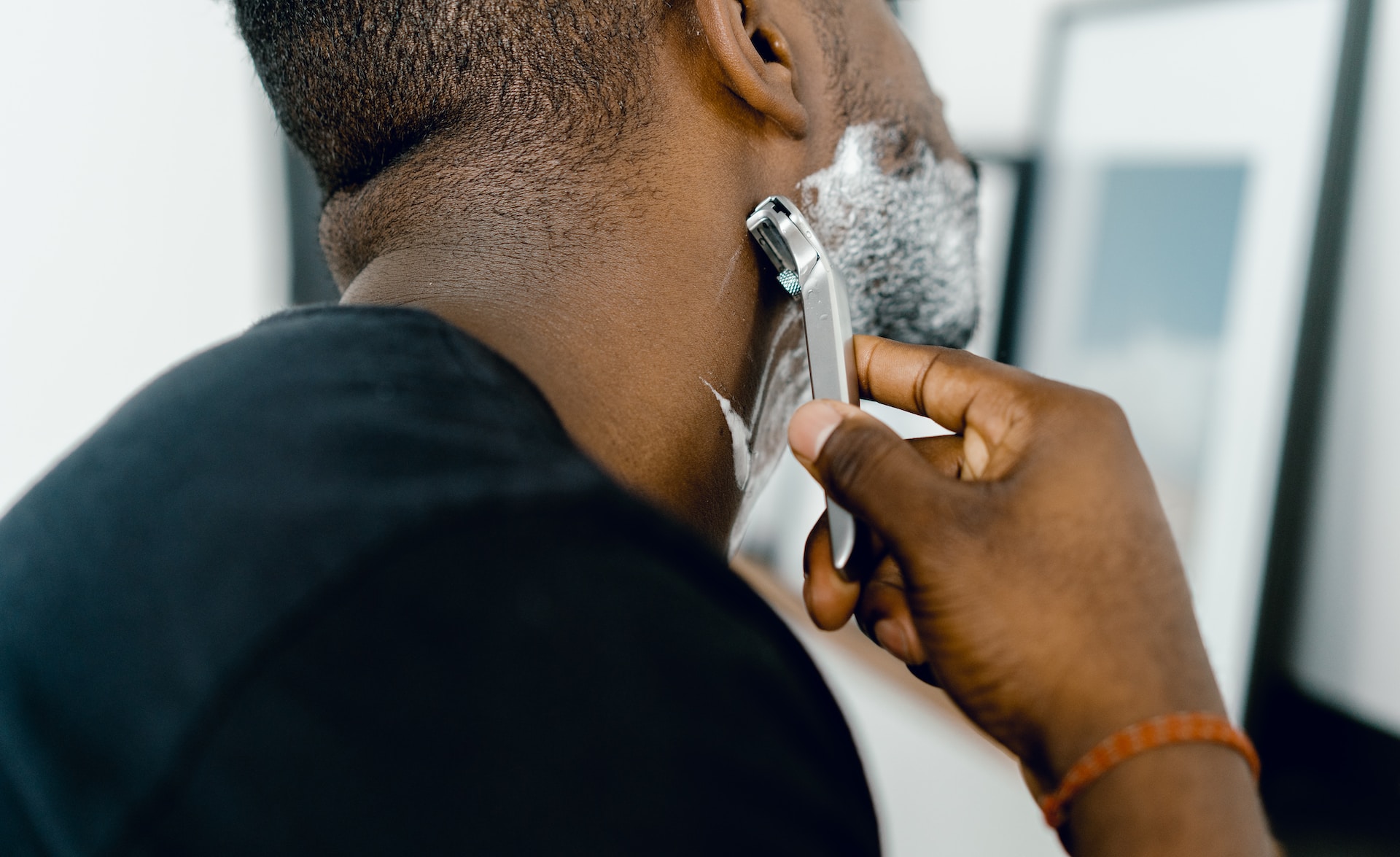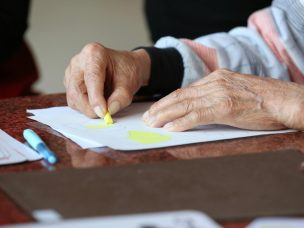Medical conditions impact everyone differently. Genetics, biology, and many other factors all come together to determine how a body will deal with a condition and, as a result, how serious the condition will be. Because of this, skin conditions are found at different incidence rates in different groups of people. This means the skin conditions affecting African Americans will differ from those affecting others.
If you’re wondering which skin conditions are the most common for African Americans and the specifics surrounding each condition, keep reading. This article will explore all of the details.
Related: Managing Atopic Dermatitis in People of Color
1. Melasma
Melasma is a surprisingly common skin condition that impacts many African American women. It is most commonly found in pregnant women, affecting anywhere from 15% to 50% of patients. However, it isn’t limited to pregnant women and can be found in other women, men, and children.
Melasma presents itself through brown blotches on the face. However, these blotches are just a visual irregularity and don’t hurt.
In many cases, melasma can be treated with simple, over-the-counter products. However, prescription treatments may be necessary if it is a more serious case.
2. Vitiligo
Vitiligo is particularly noticeable on darker skin because the depigmented or white patches contrast more with the darker skin tone, making them more visible. This is because vitiligo is when skin cells lose their pigmentation. This causes patches of white to appear on the skin, which may spread as the vitiligo progresses. You can see this on lighter skins if you look closely, but it is immediately obvious on darker skins.
The unfortunate part about vitiligo is that there currently is no cure. However, quite a few treatments make the condition less severe. The FDA recently approved a treatment that is showing promise. Many people also choose concealers or self-tan products to even out their skin.

3. Post-Inflammatory Hyperpigmentation
When your skin is injured, it may develop a condition called post-inflammatory hyperpigmentation (PIH). This can happen due to many types of damage, including acne, scarring, or eczema. When this happens, your body produces excess levels of melanin around the spot of the injury. This excess melanin causes your skin to look darker. Since people with darker skin have more melanin in the first place, this condition is more likely to affect them.
There are a few different types of readily available treatments that can help ease the symptoms of PIH. Many of these treatments focus on dealing with the problem directly. You can also make sure to apply sunscreen to the area to prevent it from darkening even further.
4. Confluent and Reticulated Papillomatosis
Confluent and Reticulated Papillomatosis (CARP) or Gougerot-Carteaud Syndrome is a skin condition that occurs when the body’s keratin levels are off. This causes blue-gray patches or papules of skin to appear around the body. These patches typically appear around the neck, on the back, or on the abdomen.
The patches themselves are relatively harmless. They may itch slightly but aren’t a serious medical concern. They can also be treated with antibiotics that help minimize the patches/papules.
5. Acne Keloidalis Nuchae
Acne Keloidalis Nuchae (AKN) is most prominent in young black men. While this condition is serious, it seems innocuous at first. In fact, it initially looks very similar to acne or razor bumps and appears on the back side of the head, near the neck. However, it will worsen if you don’t do anything about the condition.
This is because AKN occurs when hairs grow into the skin. This leads to the initial inflammation that you will see first. However, it can go on to cause scarring and even permanent hair loss.
This is why treatment, especially early treatment, is important. This treatment should come in the form of medical treatment, not home remedies. A dermatologist or other doctor can provide you with products or other treatment options that will help.
Want to help your practice become more culturally sensitive? Find out more about our solutions and how we can help.
6. Folliculitis & Pseudo-Folliculitis Barbae
Folliculitis & Pseudo-Folliculitis Barbae sounds like an intense condition, as the words themselves sound a bit frightening. However, you may already know of this condition and may have even dealt with it before. If this is true, you probably know the condition by its more common name: razor bumps.
Razor bumps happen when your body is inflamed due to hair removal. This typically happens because of ingrown hair, otherwise known as folliculitis. This is most commonly seen when people shave but can result from plucking or waxing hair. This issue is of particular note for African Americans because it happens more often with coarse hair and, thus, affects African Americans more often.
Avoiding ingrown hairs is the most effective way to deal with them. You can do this by practicing good shaving habits. Always wet your hair with warm water before you shave it. When you shave, work in the direction of the hair. In addition, change your razor regularly.
7. Traction Alopecia
Hair loss is a serious issue that can affect anyone. However, some types of alopecia are more common in African Americans. Traction alopecia is one of these.
This is because traction alopecia stems from tension placed on the scalp by pulling on hair. This tension is created through common hairstyles and practices, like wearing very tight braids. In these situations, hair is typically worn tighter than it should be to look “neat” and to prevent natural frizziness. However, wearing it this way for long periods of time will damage the hair in the long run.
The most effective way to prevent traction alopecia is to avoid these hairstyles. If you aren’t able to do this, you should try to wear them a little less tightly than normal and even let your hair free entirely every now and then.
If you’re already suffering from traction alopecia, you will have to seek medical help. Medications and supplements exist that will help bolster your hair and mitigate your symptoms.
Related: Reasons Black Women are More Likely to Have Cancer That Metastasizes
8. Dermatosis Papulosa Nigra
Like some other conditions on this list, dermatosis papulosa nigra (DPN) is a condition where dark patches appear on the skin. However, with DPN, these patches are smaller than with other conditions. In addition, they are most commonly seen on the face.
Also, like other conditions on this list, DPN is more prevalent in African Americans. While the condition’s exact cause is unclear, it is believed to be genetic.
On the plus side, DPN is not harmful and doesn’t even cause skin irritation. On the negative side, DPN is not something that is usually treated. This is because most treatments are surgical and carry some risk with them, as with any surgical procedure. Most simply do not see the value in taking a risk like this to treat something that isn’t harmful.
9. Acanthosis Nigricans
Acanthosis nigricans is a condition that causes the skin to become darker and thicker in certain areas. This happens in areas where skin presses against other skin, like the groin, armpits, and the back of the neck. Acanthosis nigricans can be found in many people for various reasons but is most commonly found in obese people and people suffering from diabetes. African Americans are more likely to develop the condition in any of these situations.
When treating acanthosis nigricans, most treatments are focused on making it less noticeable and bothersome. These include topical treatments alongside more serious steps.
However, the only way to fully treat acanthosis nigricans is to address the cause. To do this, working with a medical professional is essential. They can help you determine the cause of the condition and then find a solution. If the cause is addressed, the condition will likely fade away over time.
10. Keloids
Keloids are a type of scar and, like any scar, appear due to an injury. However, unlike other scars, keloids look like raised, shiny, and hairless lumps. They also may not show up until a while after the injury took place, taking weeks or sometimes months to form.
Keloids can affect anyone and can be seen on all different skin types. However, they are more common in darker skin types.
There are several different ways in which keloids are treated. This includes simple options like oils and moisturizers. It also includes more complex options like steroid injections, cryotherapy, and laser treatments. Sometimes, surgery is used, yet even this needs to be followed by aftercare, or the keloids will simply return.
Want to stay informed of the most latest medical news that could help your patients? Subscribe to MDNewsline to get updates right in your inbox.
11. Psoriasis
Psoriasis is an autoimmune condition that presents through scaly clumps of skin. This is the result of these clumps of skin growing faster than normal.
Most people associate psoriasis with people of European descent. However, this may not be as clear-cut as it seems. It is suspected that psoriasis conditions in African Americans often go undiagnosed and that the problem may be more widespread than believed.
Unfortunately, psoriasis doesn’t currently have a cure. However, the symptoms are often managed with topical treatments. In addition, phototherapy is used as a reliable treatment.
Understand The Most Common Skin Conditions Affecting African Americans
While most skin conditions can affect anyone, some are more common for African Americans. Knowing and understanding this can help you understand your body better, particularly when something goes wrong. This can help you get the treatment you need and deserve.
Related: Affective Temperament Profile in Patients with Vitiligo









